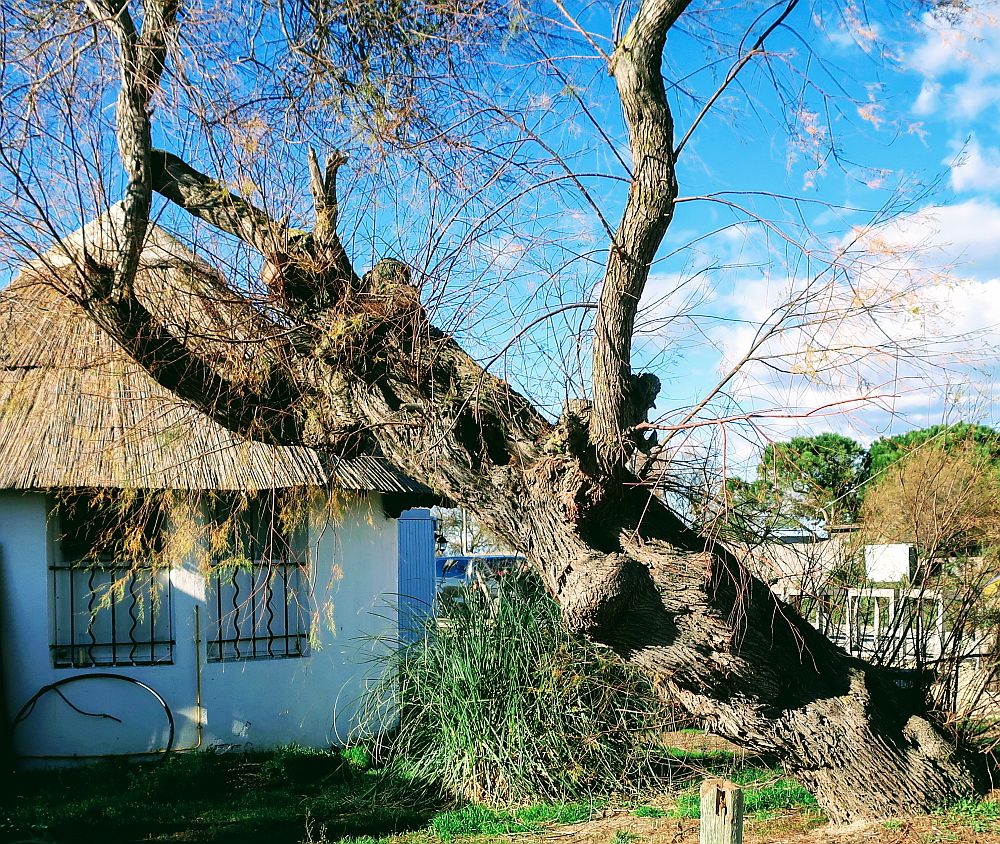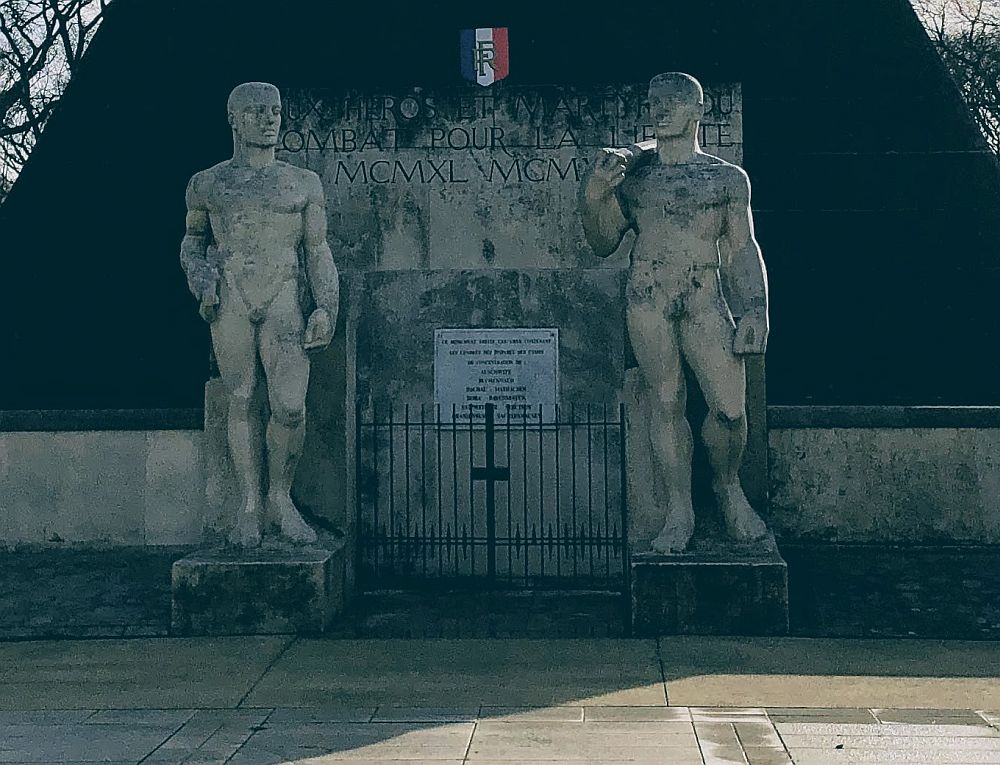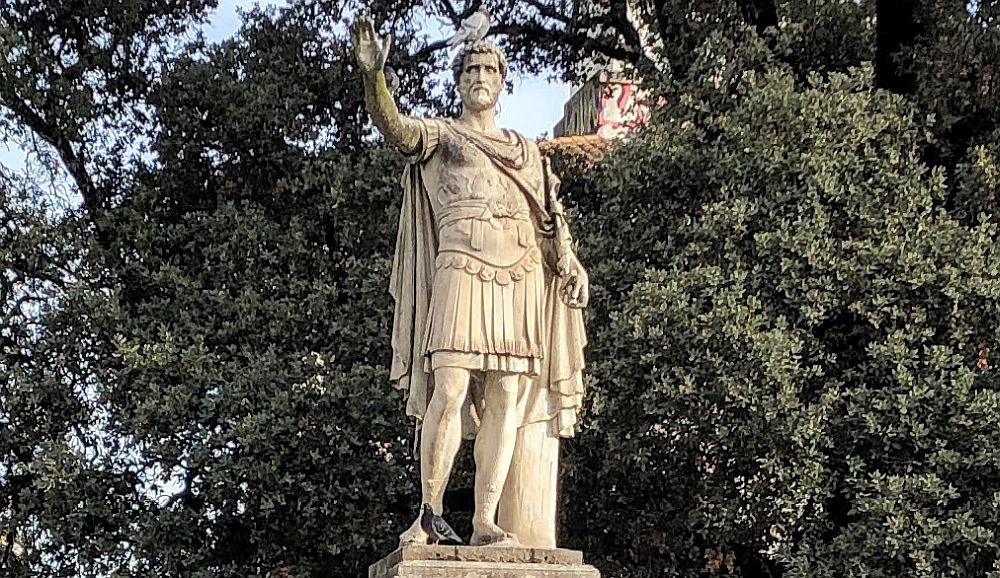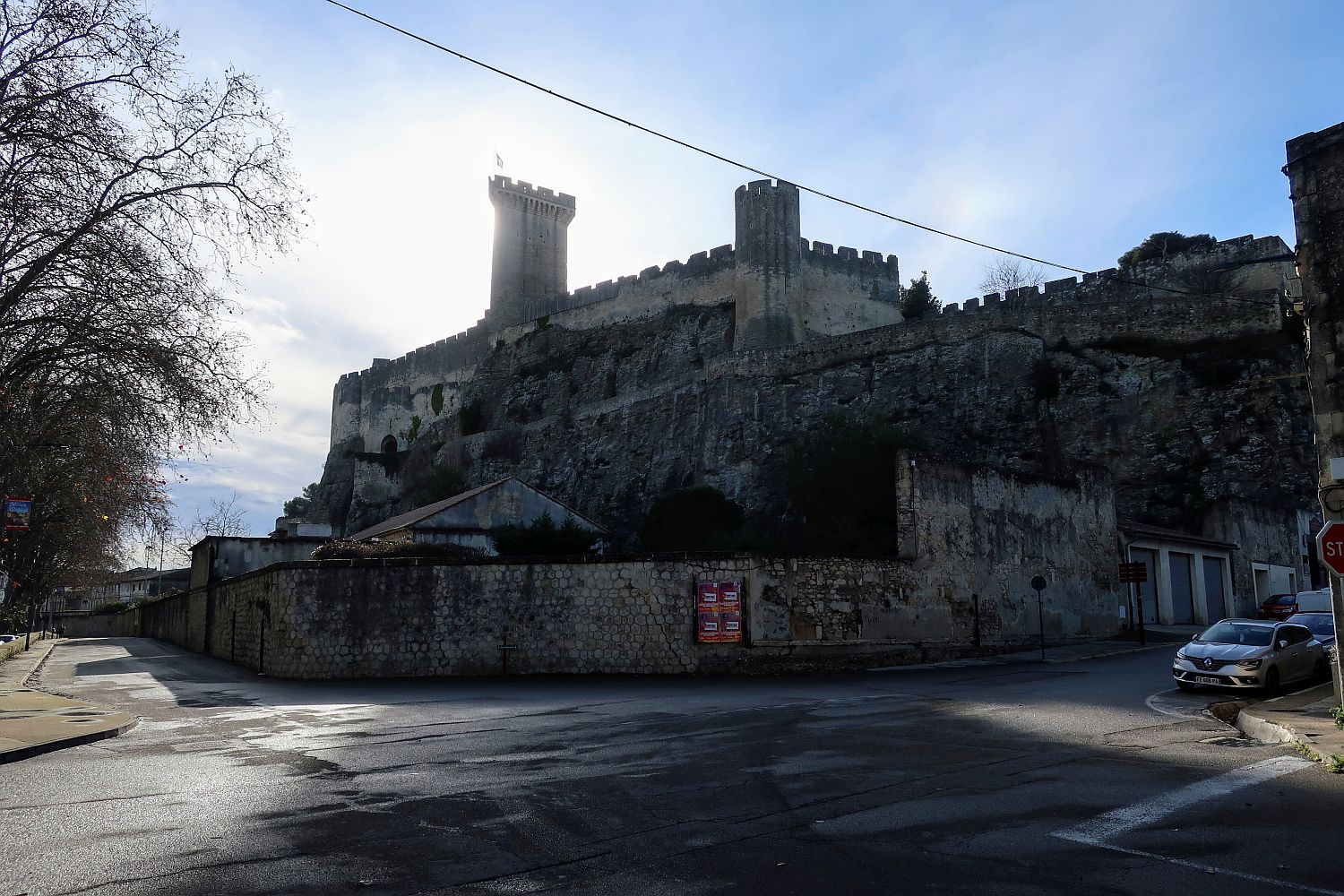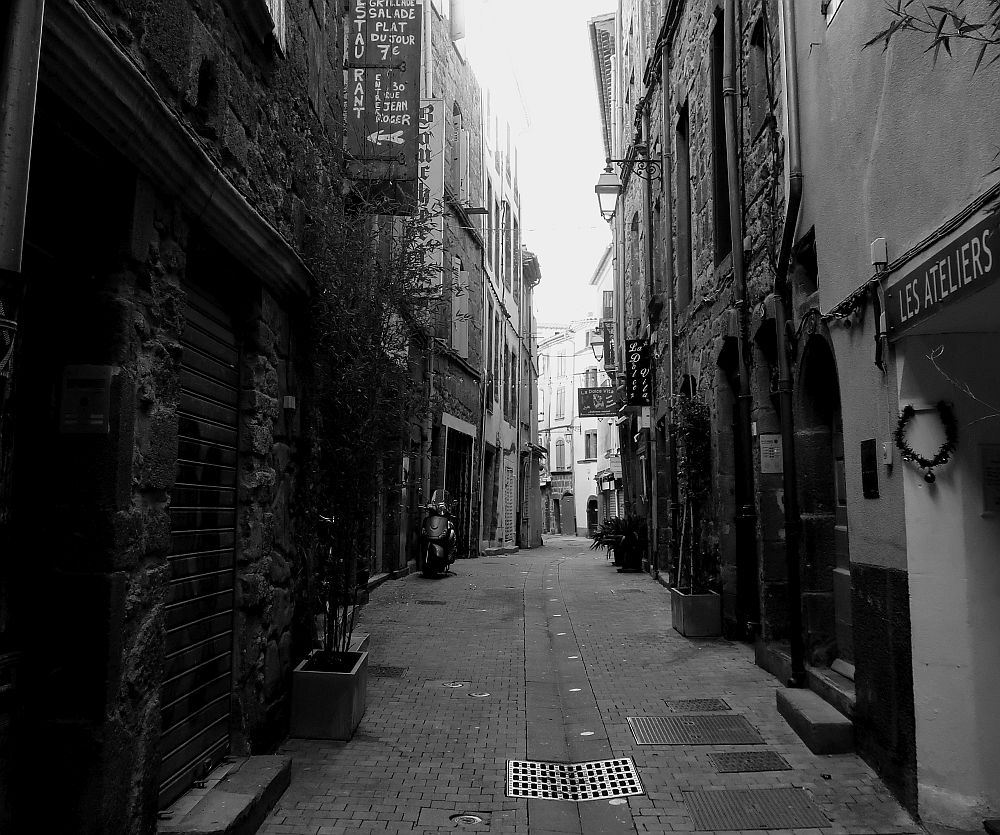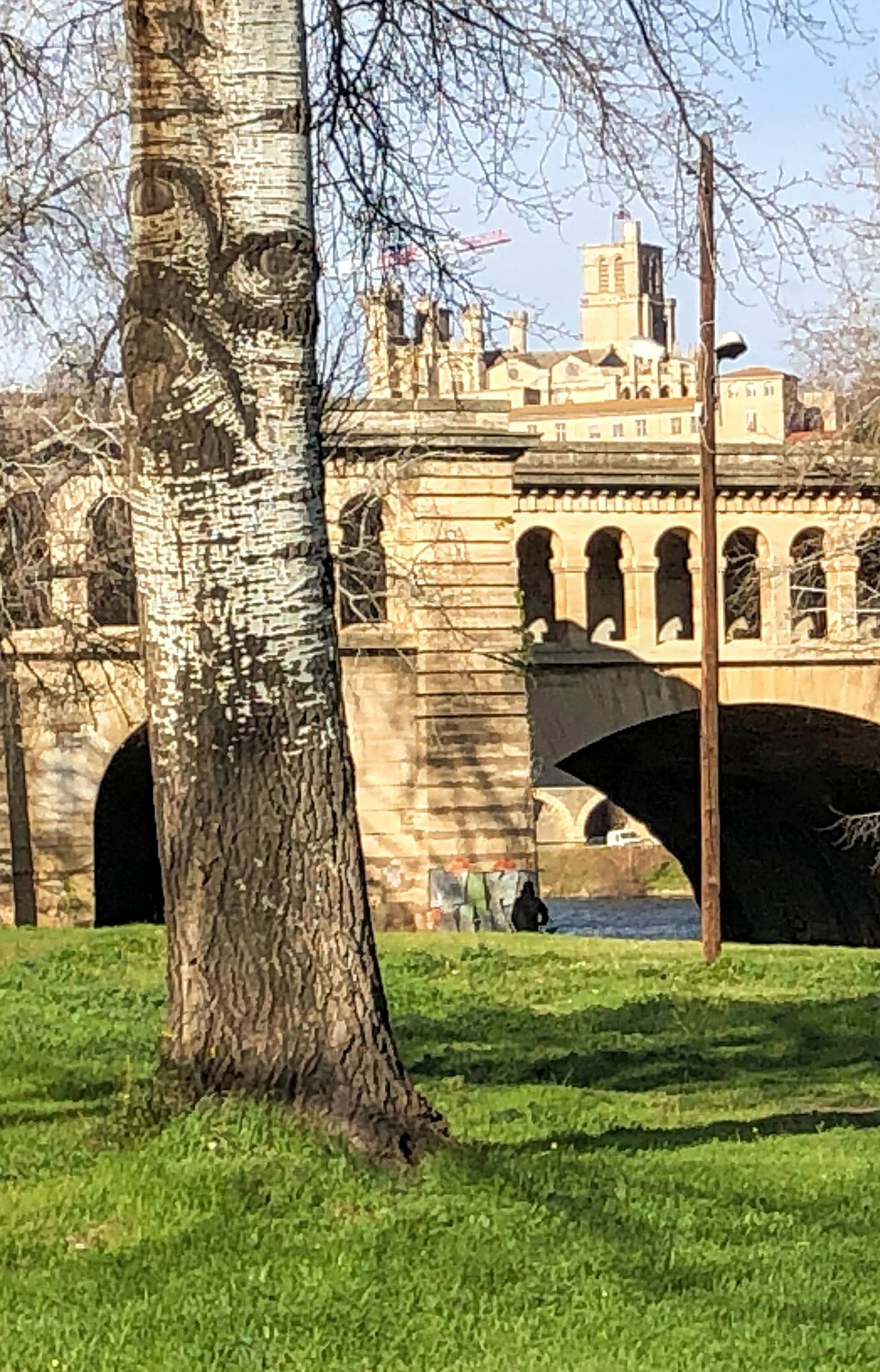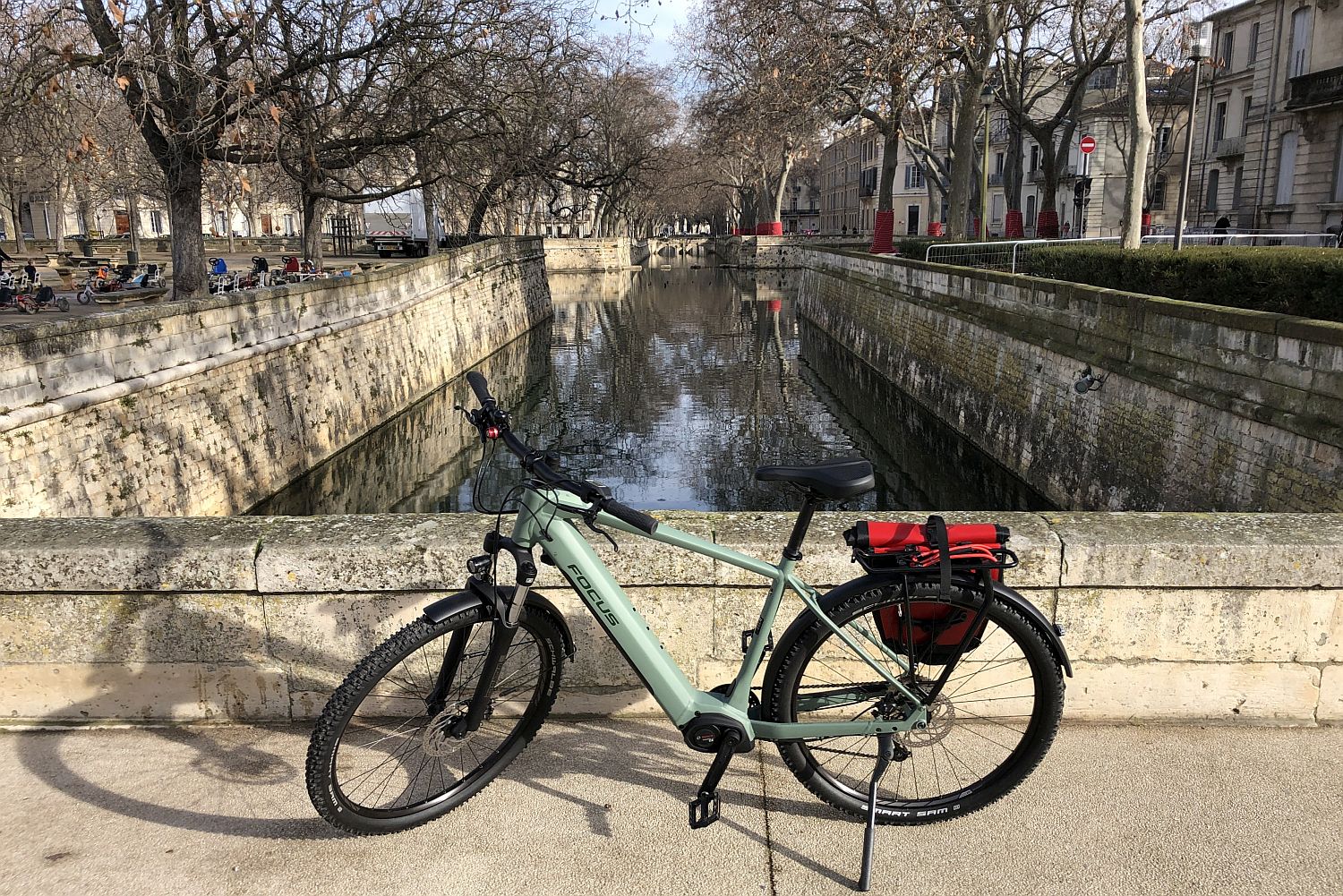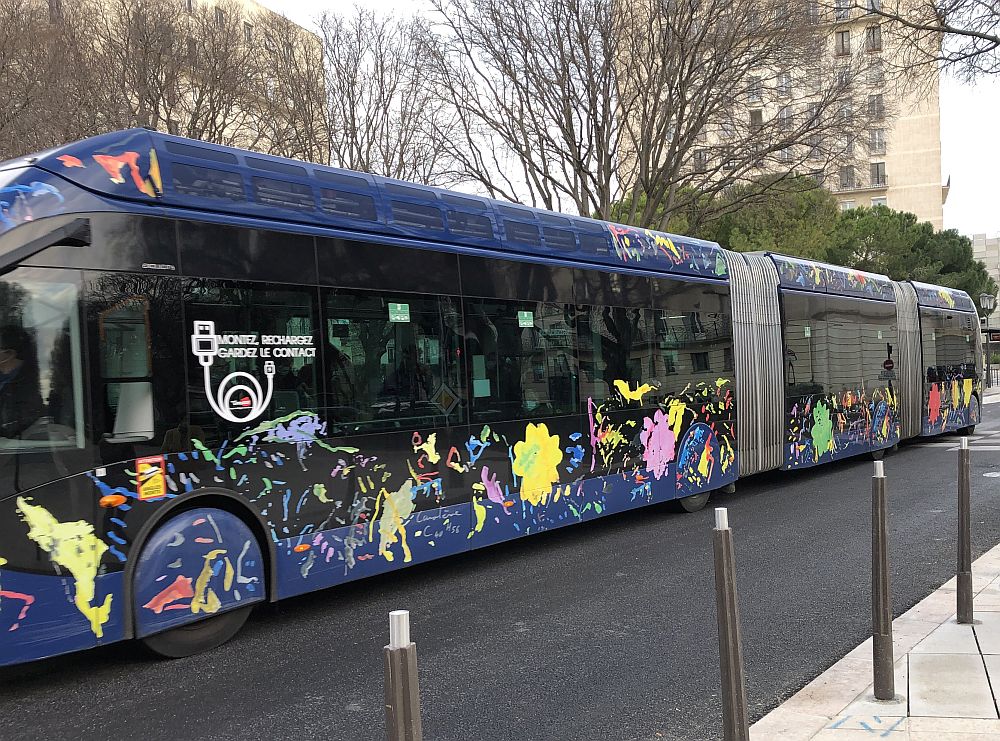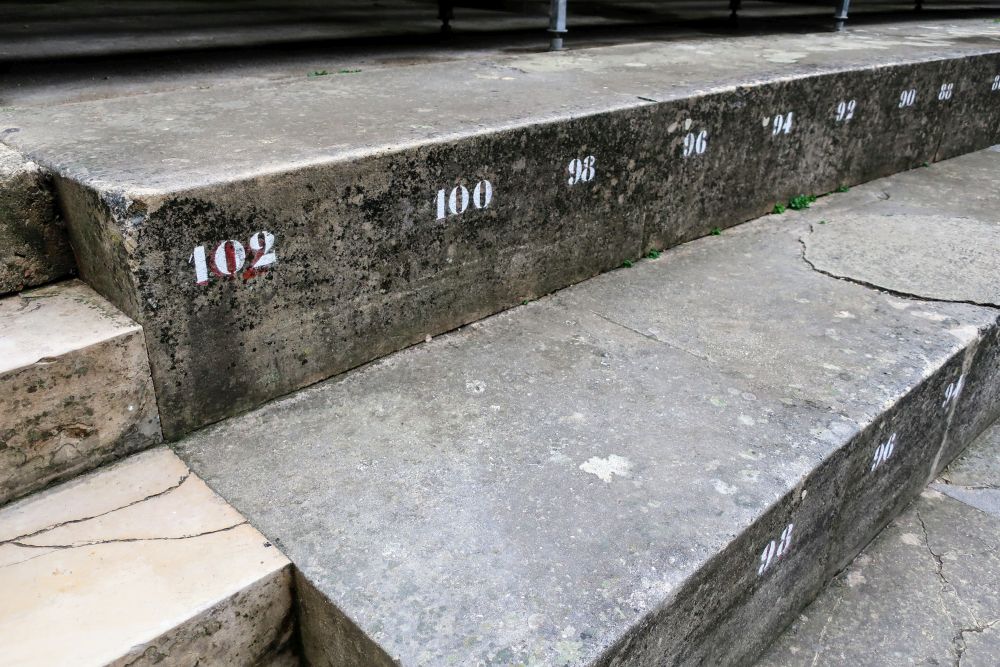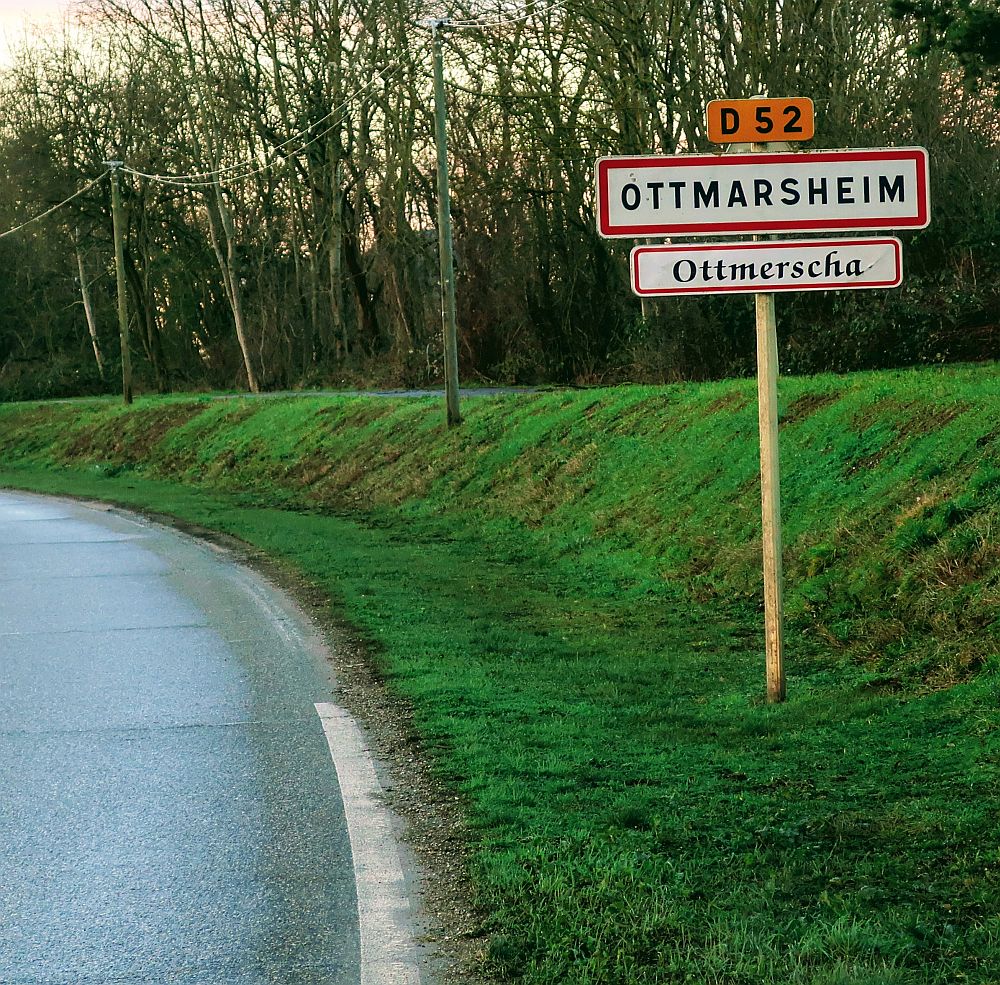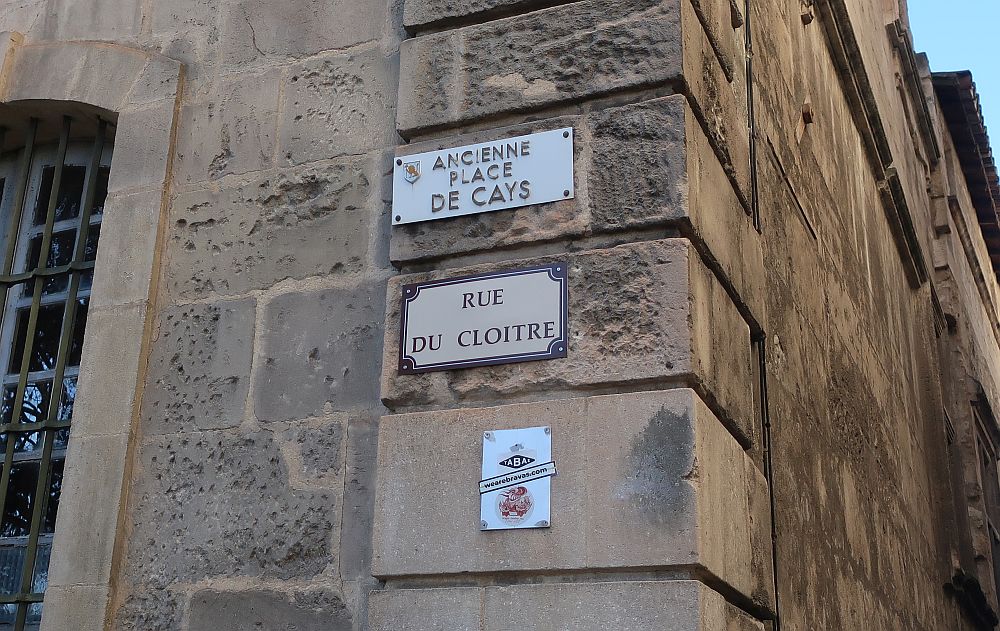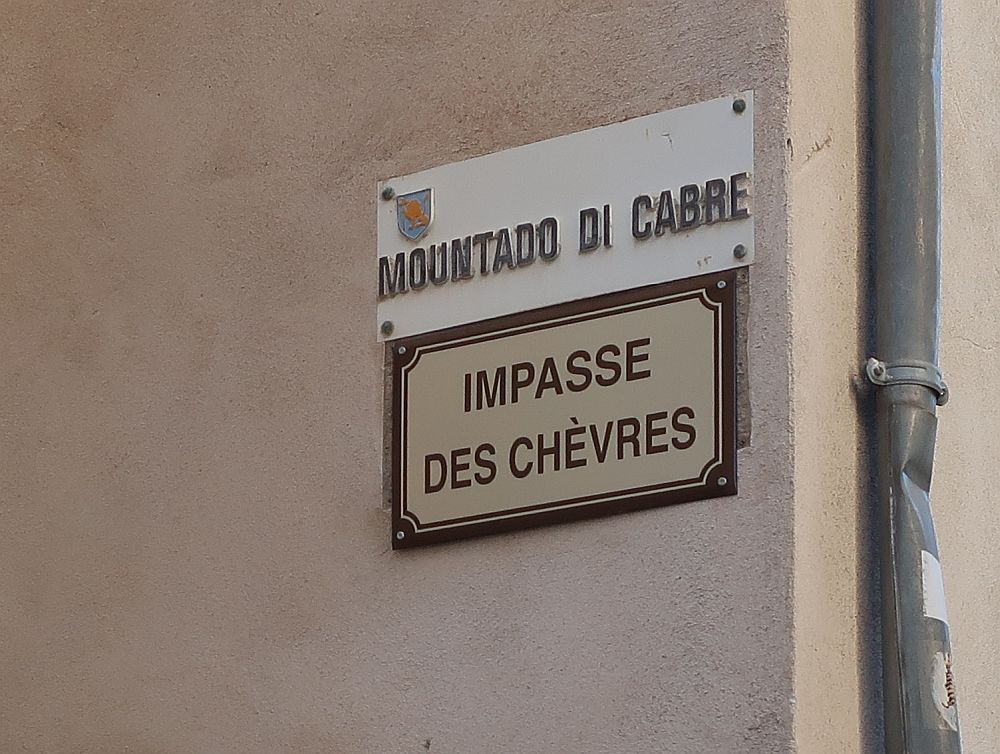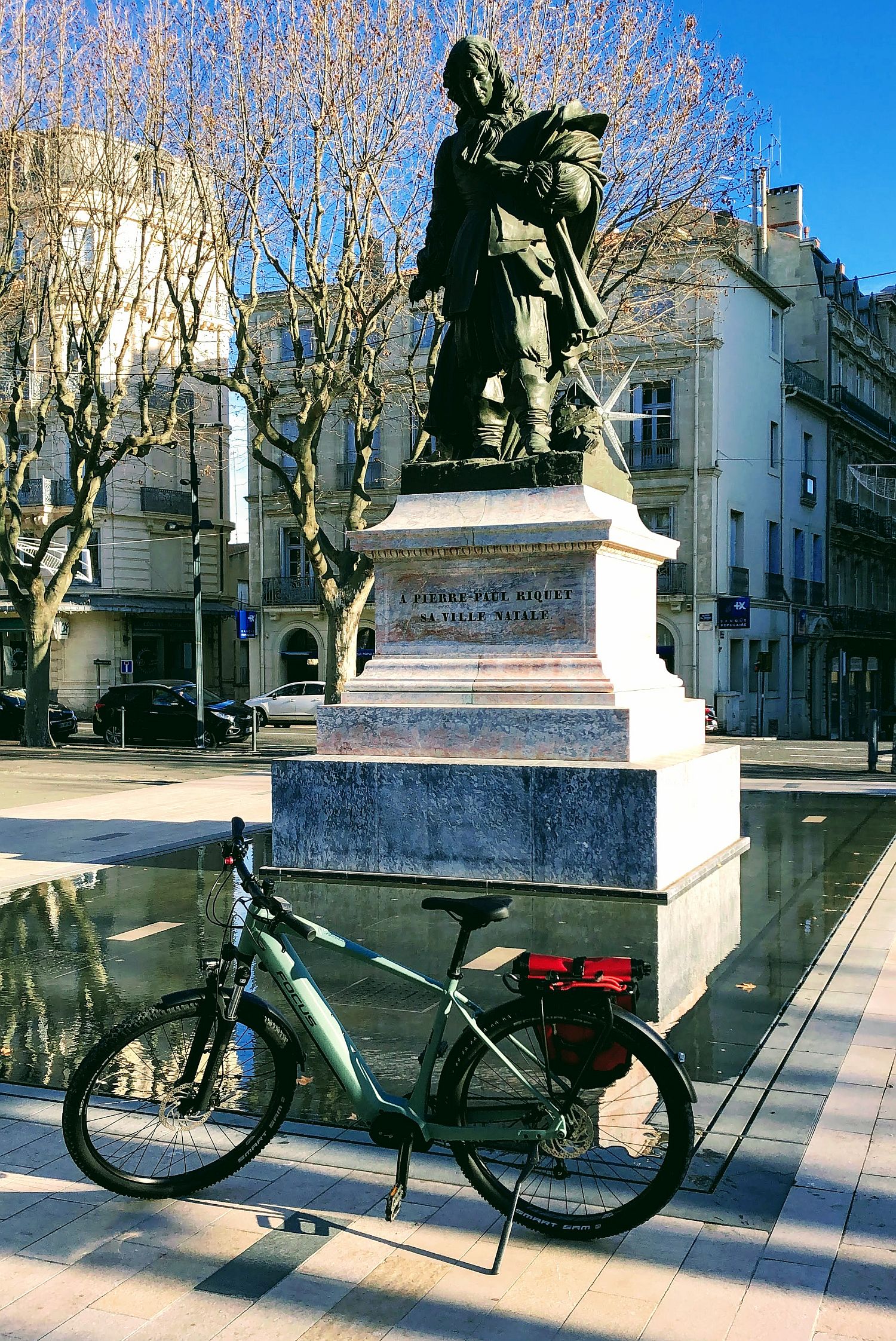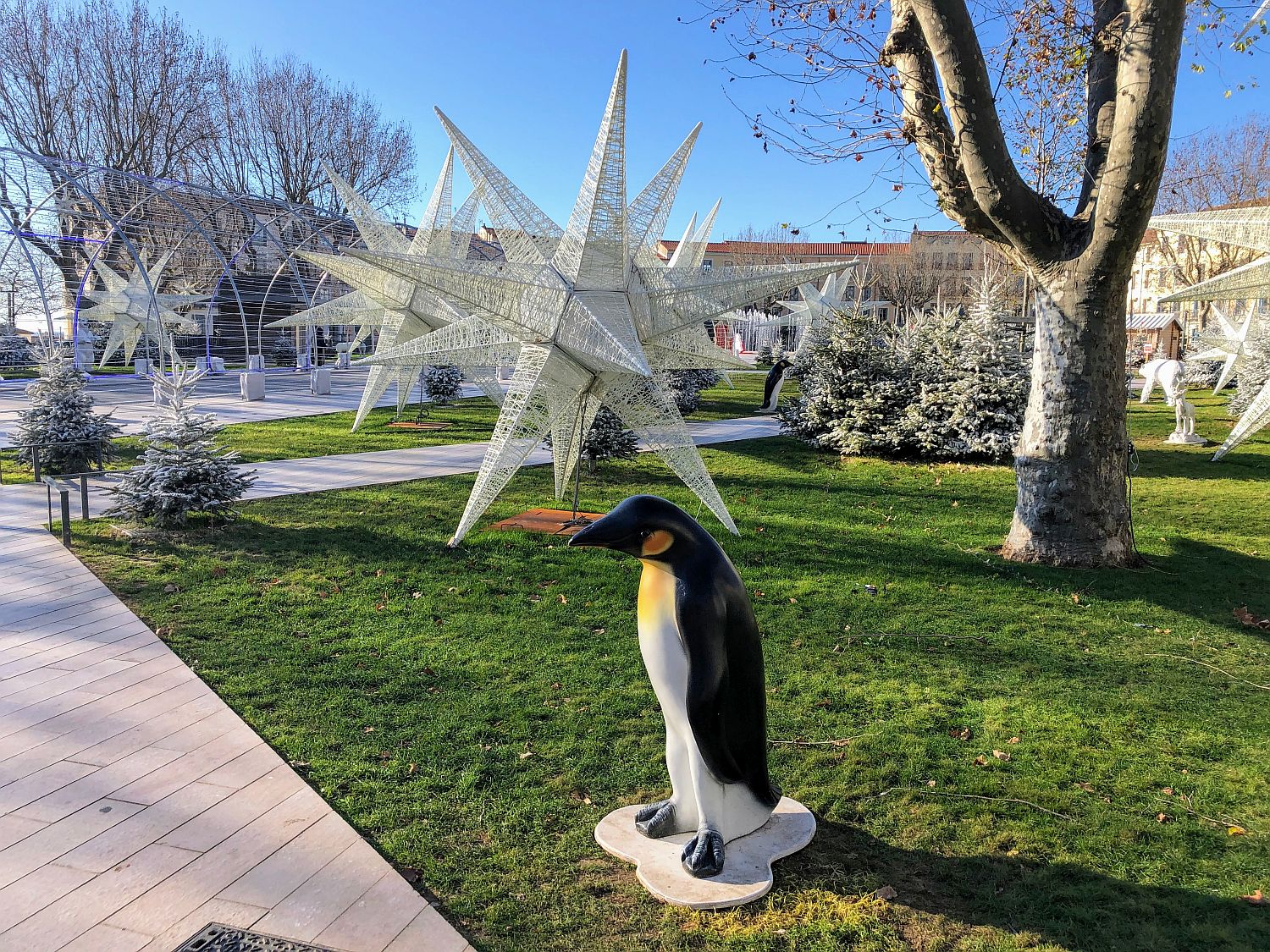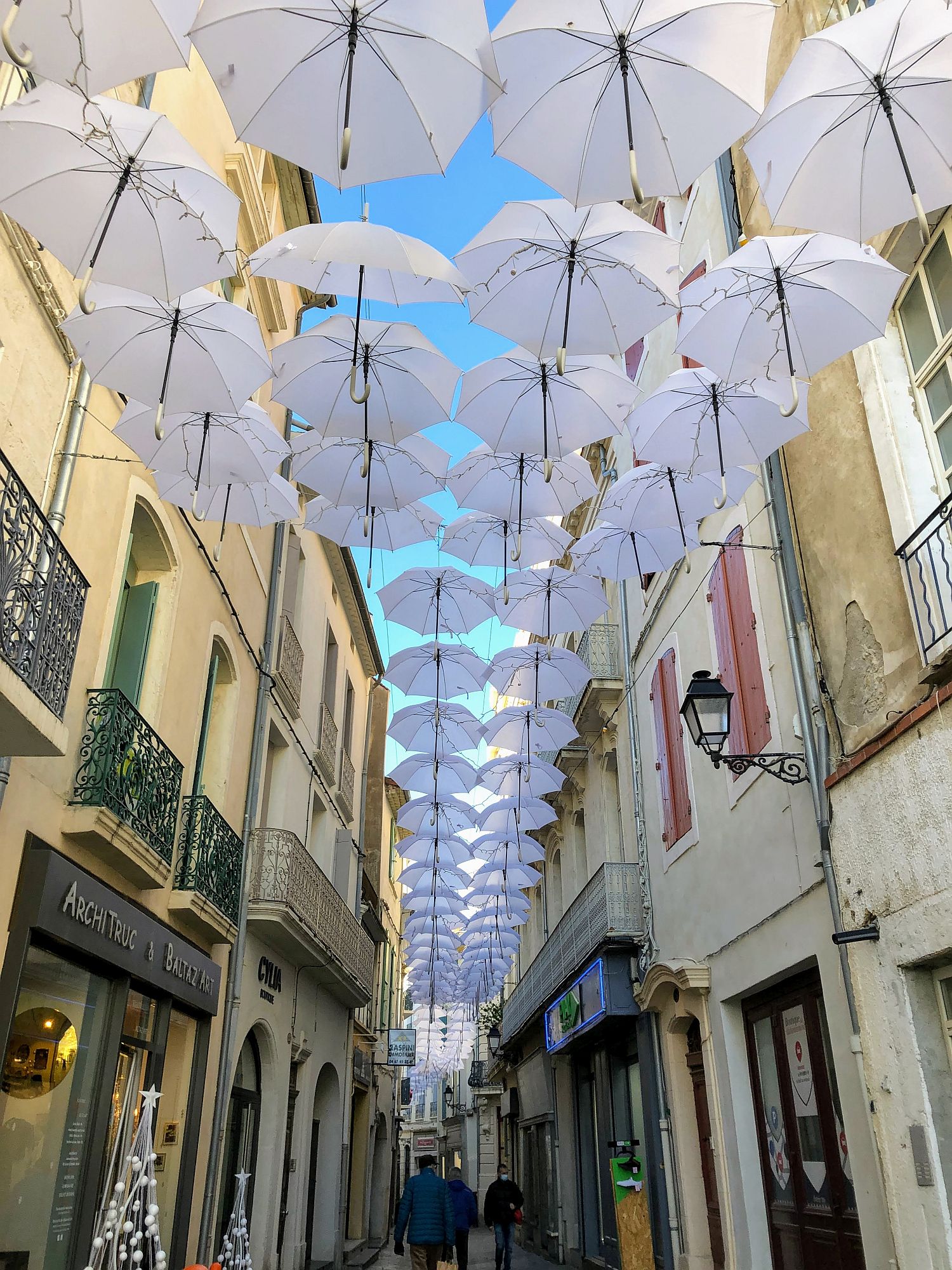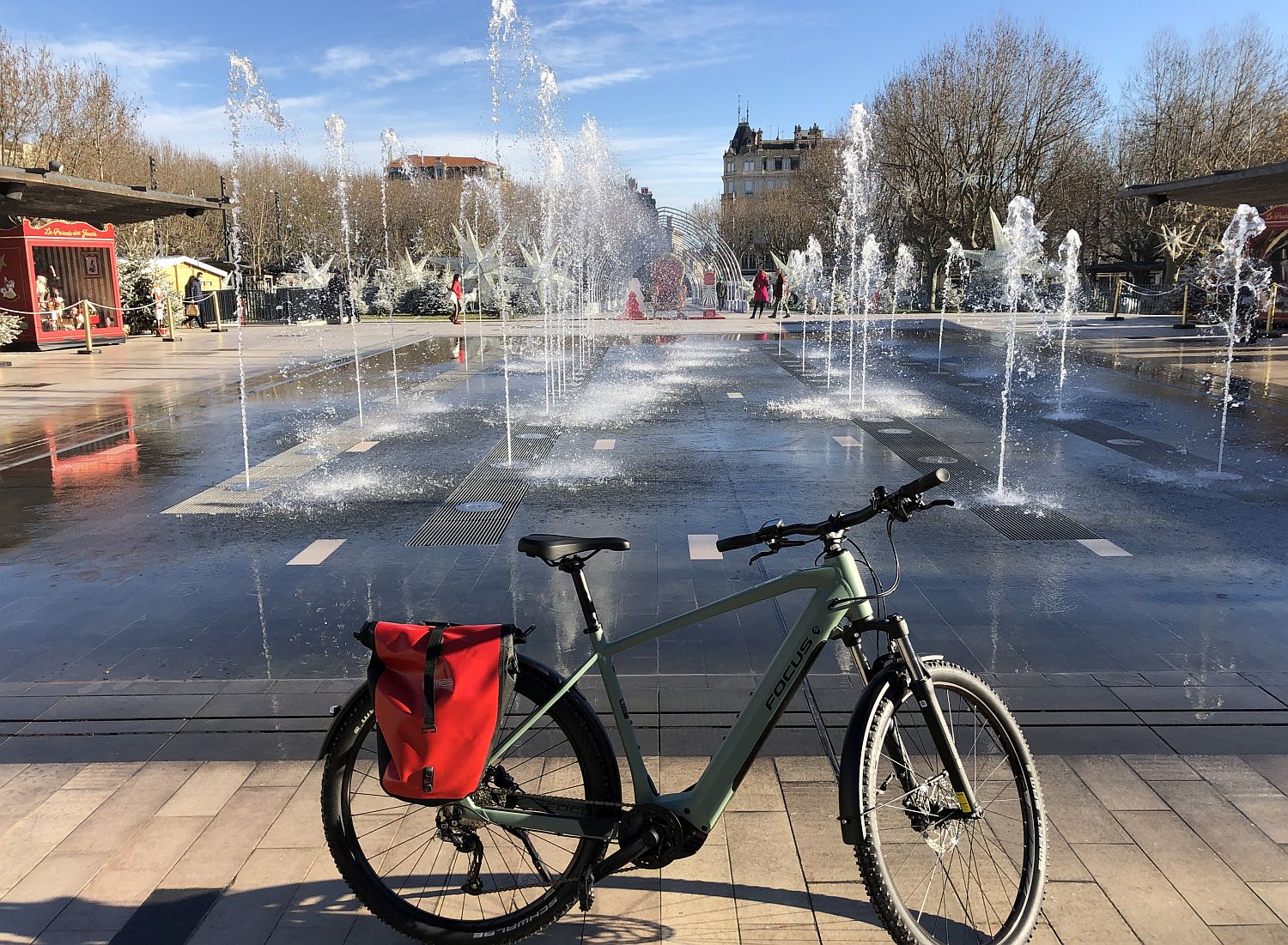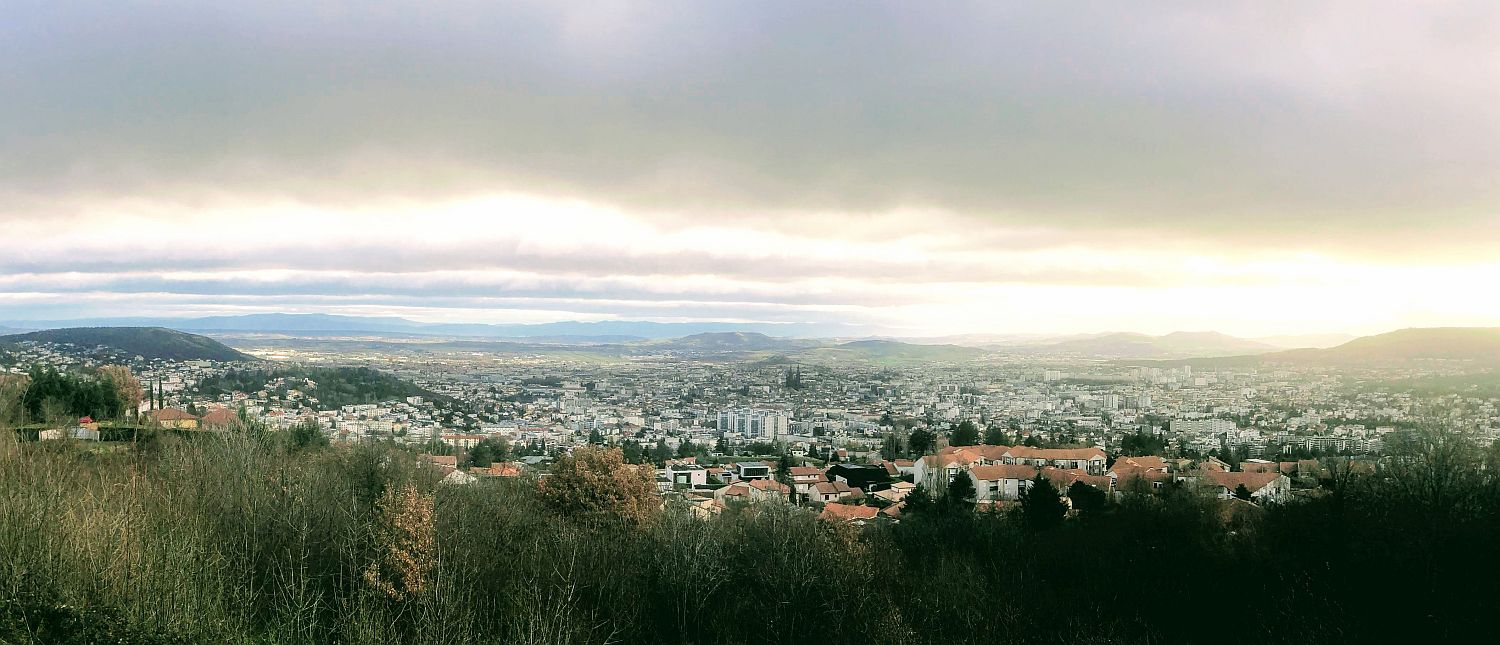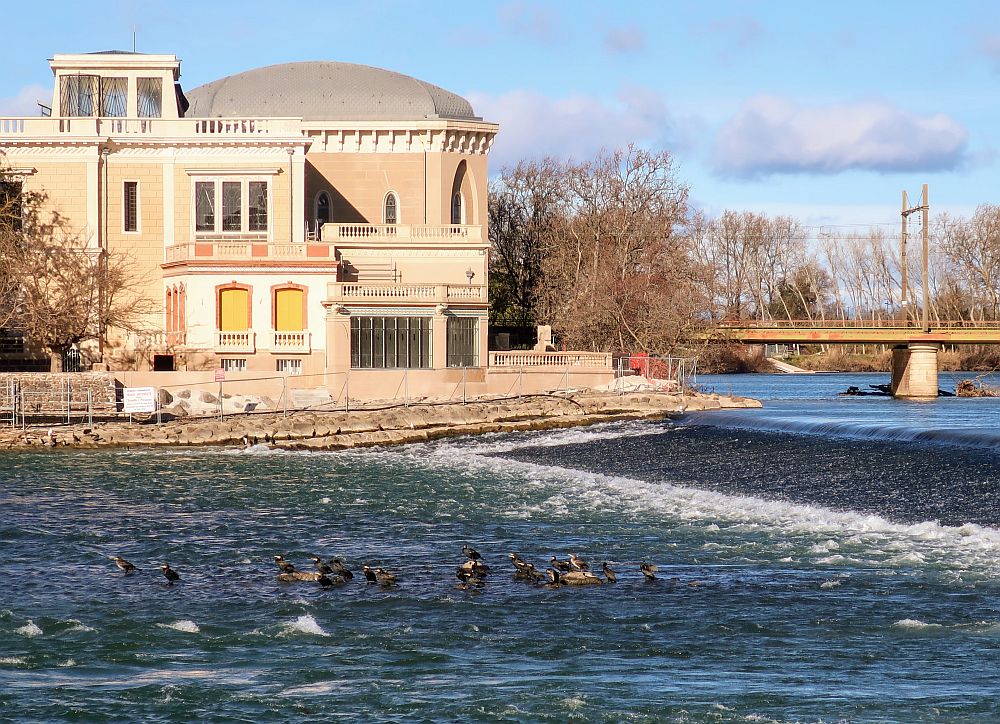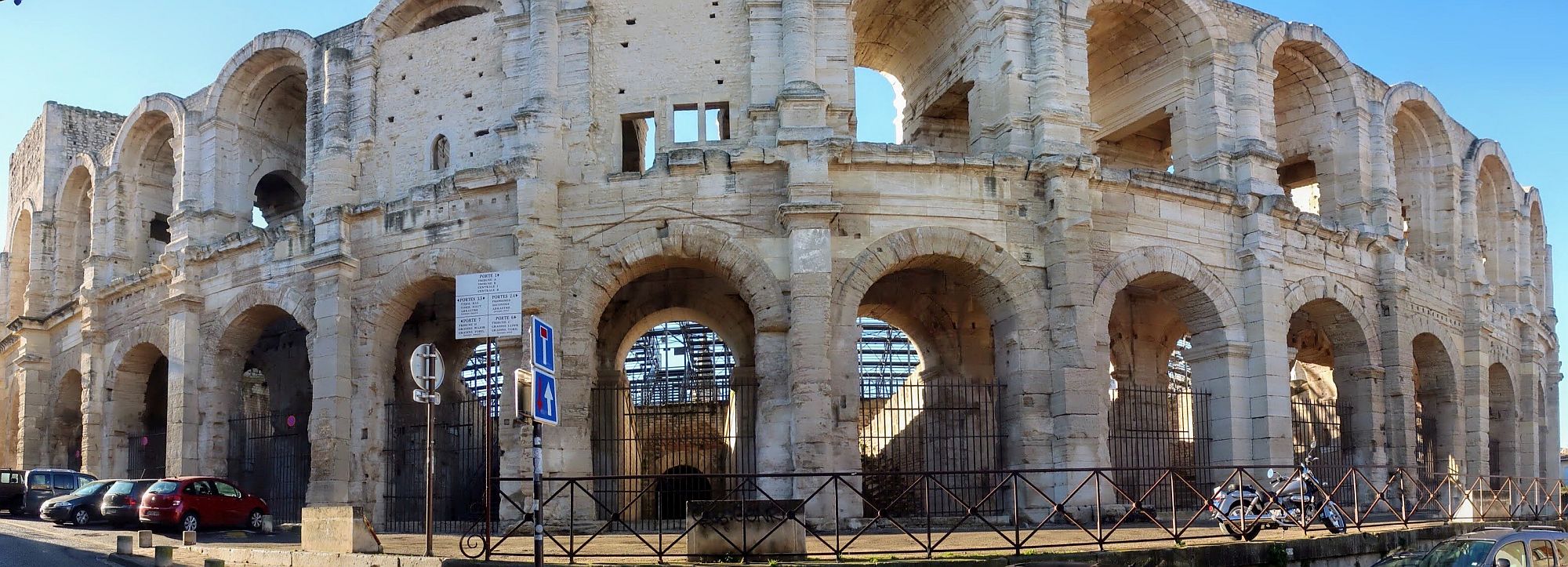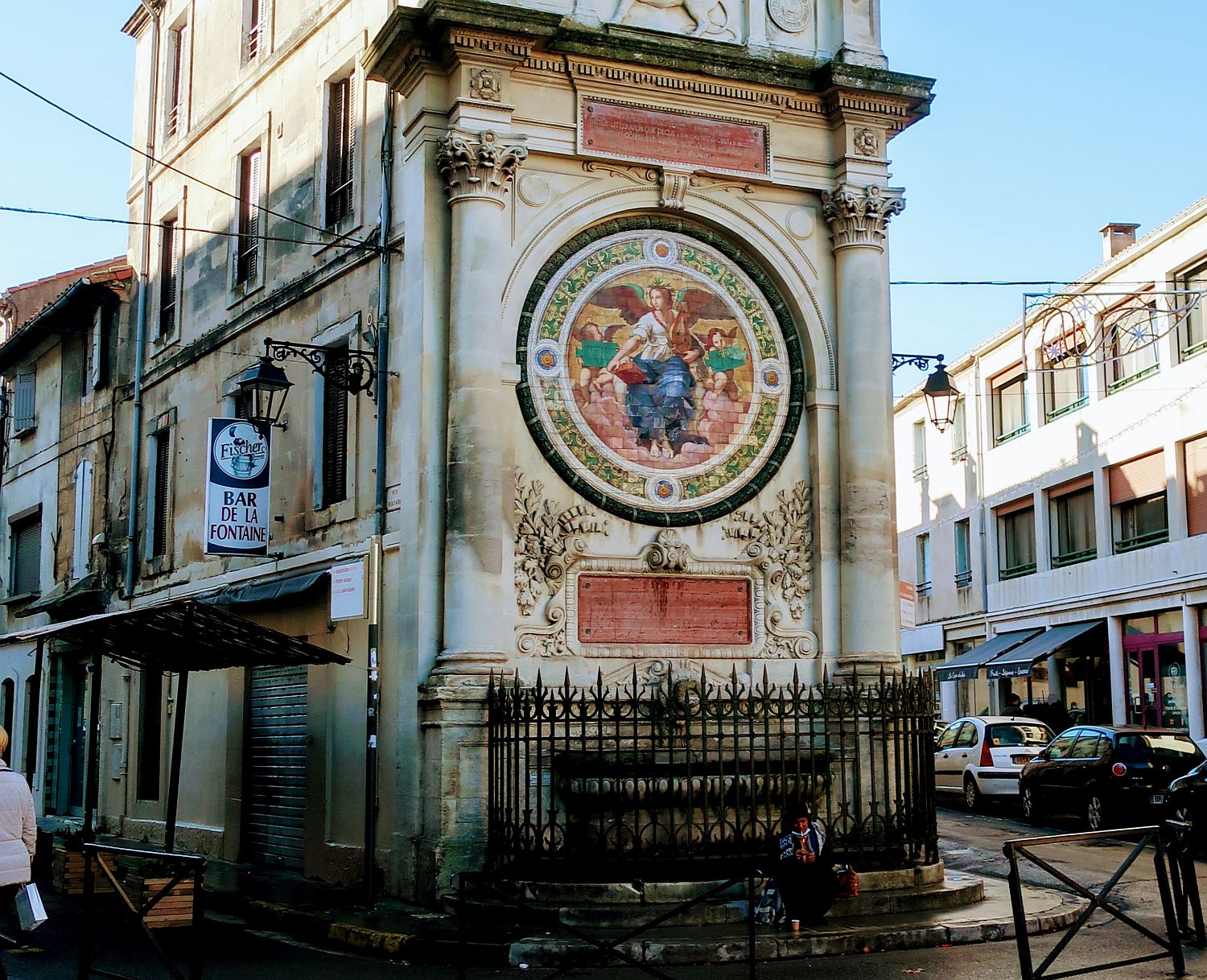France is intensely interesting, especially when it comes to the language. European countries like Spain and Germany and (especially) Italy are filled with villages, each with their own unique dialect – in some cases, so intense that it is mutually unintelligible to people from outside the village.
France is an exception. Here, standard French is spoken everywhere, there accent differences are only minimal at best – and the dozens if not hundreds of historical dialects that probably existed up until the early part of the 20th century are now – if not totally lost – only spoken by a handful of the older generation.
Regions of France have started initiatives to revive these old languages, such as Alsacienne in Alsace, and Langue d’Oc in Southern France. Given that less than 100K French people speak this language, I find it almost mind-blowing that there is a radio station (Radio Lengadoc) as well as a movement to show signs in both languages.
Here is an artistic a set of snaps I could take for the village of Béziers in Southern France.
Here is the snap for the standard French version:
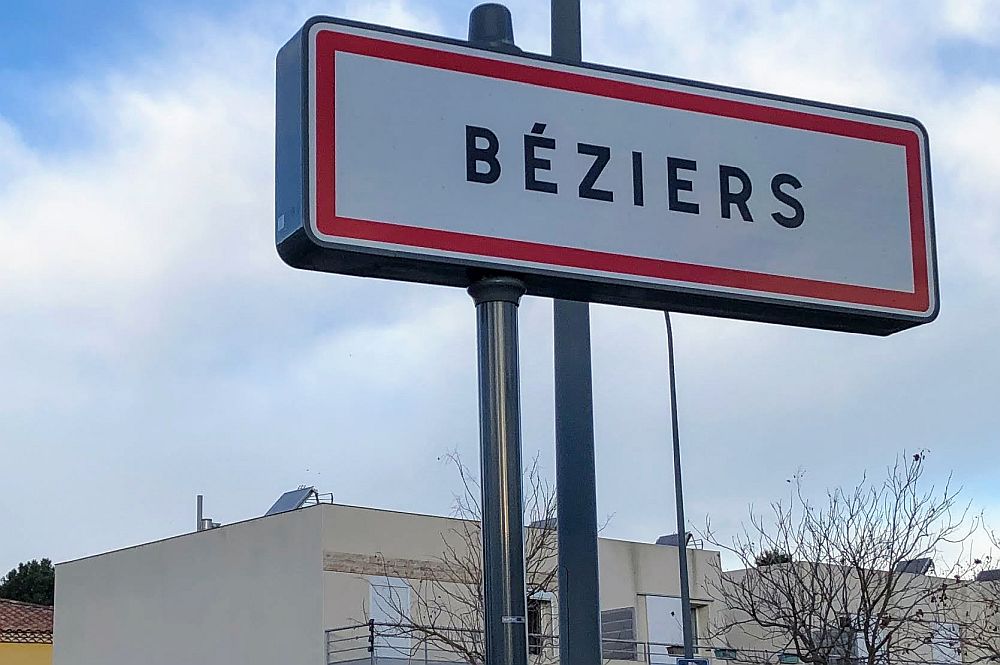
And here is the Langue d’Oc version:
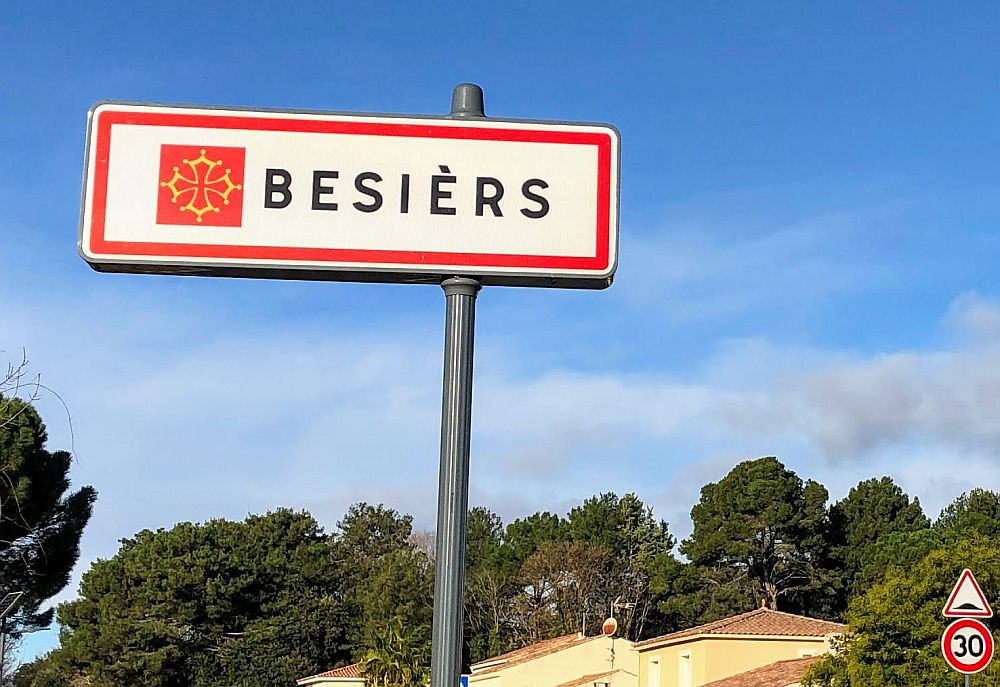
Interestingly, while listening to Radio Lengadoc I could understand a tiny amount. Langue d’Oc seems to be a combination of Spanish, French, and Catalan.
Interestingly, many of the songs they played had a similar tonal quality to those on a CD that I own of Sephardi Jews in Spain – coincidence?




